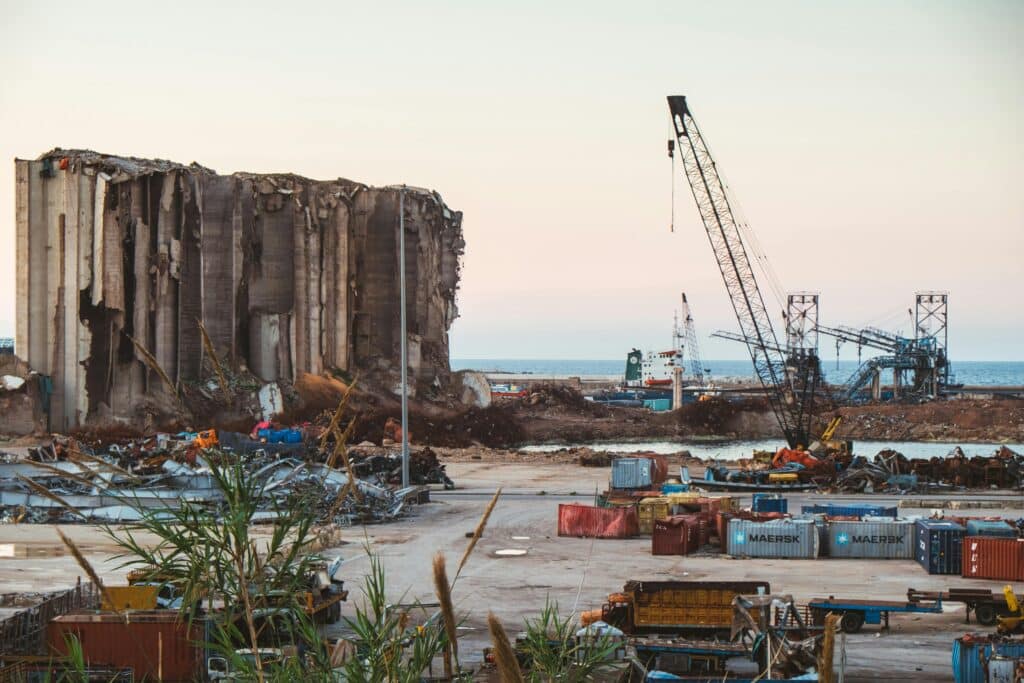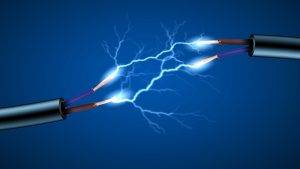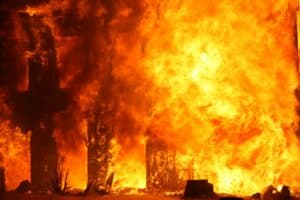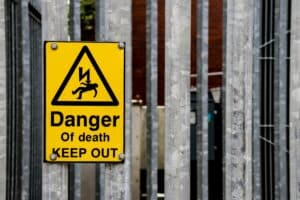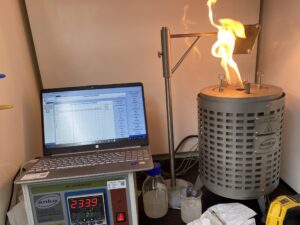We also offer
What Is an Explosion Protection System?
Explosion protection systems are critical safety solutions used to prevent or mitigate the effects of explosions in environments where flammable gases, vapors, or combustible dusts are present. These systems are essential in industrial facilities to safeguard personnel, protect equipment, and ensure compliance with safety regulations.
The core function of an explosion protection system is to either prevent an explosion from occurring or reduce its impact if it does. This is achieved through multiple strategies, including ignition control, ventilation, inerting, static control, venting, suppression, and containment.
Why Install Explosion Protection Systems?
Explosion protection devices play a vital role in industrial process safety. Installing these systems helps:
-
Prevent catastrophic explosions caused by combustible materials
-
Protect lives, property, and high-value equipment
-
Maintain business continuity by minimizing downtime and equipment damage
-
Meet OSHA, NFPA, and other regulatory requirements
-
Enhance workplace safety culture through proactive risk mitigation
In short, explosion protection is a crucial investment in both safety and operational efficiency.
Types of Explosion Protection Methods
Explosion protection strategies fall into two major categories: prevention and mitigation. Here’s how they work:
Explosion Prevention
The goal is to eliminate conditions that could lead to an explosion:
-
Ignition Source Control: Ensure all electrical and mechanical equipment is designed to avoid sparks or overheating.
-
Inerting: Displace oxygen with inert gases like nitrogen to prevent combustion.
-
Ventilation: Dilute flammable gases or dust to safe concentrations.
-
Process Monitoring: Control temperature, pressure, and concentration to stay within safe operating ranges.
Explosion Mitigation
When prevention isn’t enough, mitigation techniques help contain or reduce the blast impact:
Explosion Venting
Creates designated weak points (like vent panels) to safely release explosion pressure and protect equipment.
Explosion Suppression
Detects early-stage explosions and rapidly releases suppressant agents (e.g., dry chemicals, inert gas) to stop propagation.
Explosion Isolation
Prevents the spread of explosion through ducts or pipelines using:
-
Chemical Isolation: Releases suppressant into ducts to quench the flame front.
-
Mechanical Isolation: Deploys high-speed knife valves that act as physical barriers.
Explosion Containment
Designs equipment to withstand internal explosion pressure, preventing the blast from escaping the equipment.
Explosion Detection Systems
Sensors monitor for early signs of explosions—such as sudden pressure rise or gas concentration—and trigger protective systems.
Key Elements of an Effective Explosion Protection Strategy
-
Risk Identification: Recognize materials and processes prone to explosion.
-
Hazard Assessment: Analyze potential ignition sources and blast consequences.
-
System Selection: Choose appropriate prevention and mitigation systems.
-
Installation and Integration: Ensure correct setup with process equipment.
-
Training and Procedures: Equip staff with knowledge to operate and maintain systems safely.
-
Maintenance and Testing: Conduct regular inspections and updates to ensure continued performance.
Why Choose Prime Process Safety Center
At Prime Process Safety Center, we offer full-service explosion protection solutions tailored to your facility’s needs.
What Sets Us Apart:
-
Expertise in Explosion Dynamics
Decades of experience in fire and explosion behavior, process hazards, and risk control. -
Custom-Tailored Solutions
We design systems based on your process risks, facility layout, and regulatory needs. -
Advanced Technologies
Our team uses state-of-the-art detection, suppression, and venting technologies. -
Regulatory Compliance Assurance
Full adherence to OSHA, NFPA, and local authority requirements. -
Training & Ongoing Support
We provide on-site training, system testing, and consultation. -
Cost-Effective and Scalable
Solutions that meet safety needs while respecting your budget. -
Routine Maintenance & Updates
We ensure your explosion protection systems stay compliant and fully functional.
FAQ
1. What is explosion protection in industrial settings?
Explosion protection involves implementing systems and strategies to prevent or mitigate the effects of explosions in environments with flammable gases, dust, or vapors. It includes preventing the formation of explosive atmospheres and controlling ignition sources.
2. Why is explosion protection important for process safety?
It is crucial for protecting personnel, preventing damage to equipment, ensuring operational continuity, and complying with safety regulations. Effective explosion protection minimizes the risk of catastrophic events in hazardous industrial environments.
2. Why is explosion protection important for process safety?
It is crucial for protecting personnel, preventing damage to equipment, ensuring operational continuity, and complying with safety regulations. Effective explosion protection minimizes the risk of catastrophic events in hazardous industrial environments.
4. How do you determine the right explosion protection strategy for a facility?
It involves a comprehensive risk assessment considering the type of combustible materials, process conditions, facility layout, and regulatory requirements. Tailored strategies are then developed based on these factors.
5. Are there specific standards and regulations for explosion protection?
Yes, there are several industry standards and regulations, such as NFPA (National Fire Protection Association) codes and OSHA (Occupational Safety and Health Administration) guidelines, that dictate explosion protection measures.
6. Can explosion protection systems be retrofitted to existing facilities?
Yes, many explosion protection systems can be retrofitted, but it requires careful planning and assessment to ensure compatibility with existing processes and structures.
7. How often should explosion protection systems be inspected and maintained?
Regular inspections and maintenance are crucial; the frequency depends on the type of system, operating conditions, and regulatory requirements. Typically, an annual inspection is recommended.
8. What training is required for personnel in facilities with explosion risks?
Personnel should receive training on recognizing hazards, operating safety equipment, emergency procedures, and specific explosion protection measures relevant to their roles.
9. How does explosion protection contribute to overall plant safety?
It forms a critical part of the plant’s safety infrastructure, reducing the likelihood of explosive incidents and ensuring a safer working environment, thus contributing to the overall safety culture.
10. What are the consequences of inadequate explosion protection?
Inadequate protection can lead to severe consequences, including loss of life, significant injuries, substantial property damage, operational downtime, and legal ramifications due to non-compliance with safety regulations.


